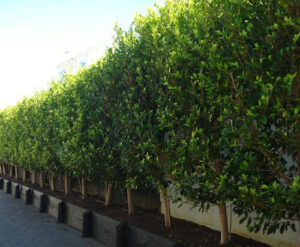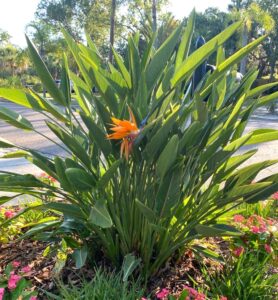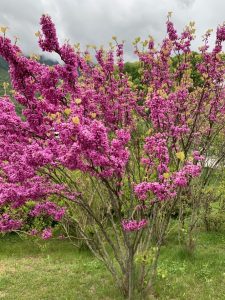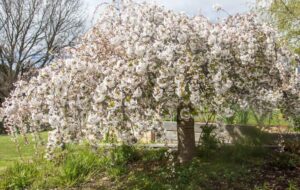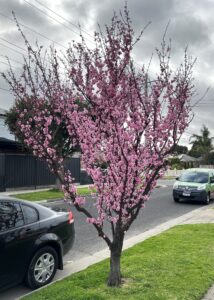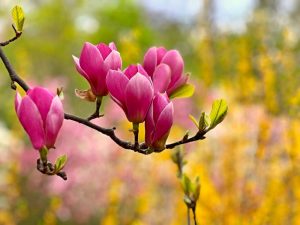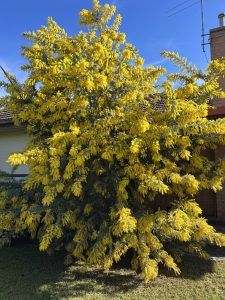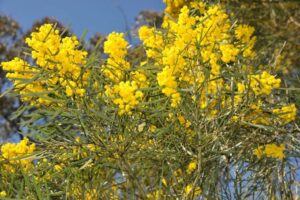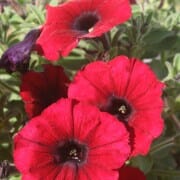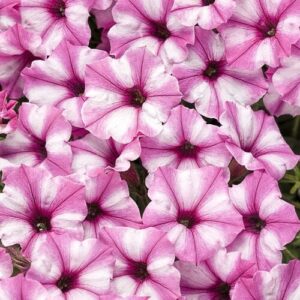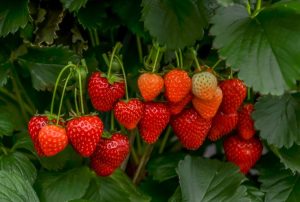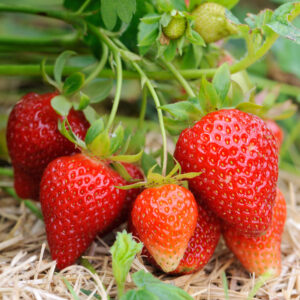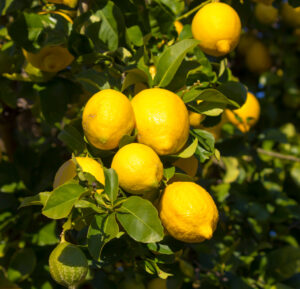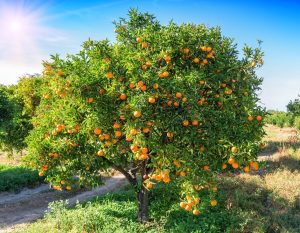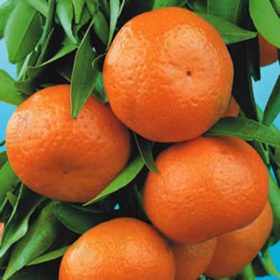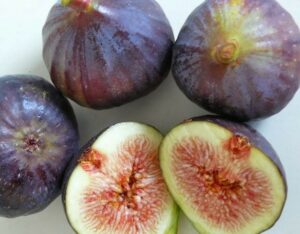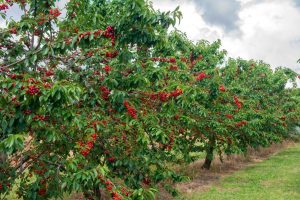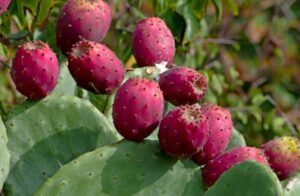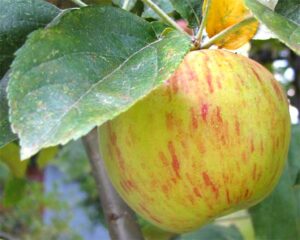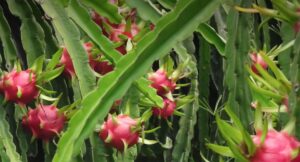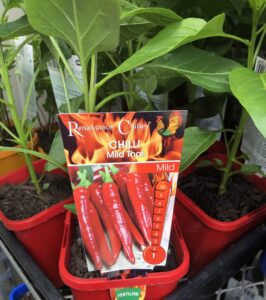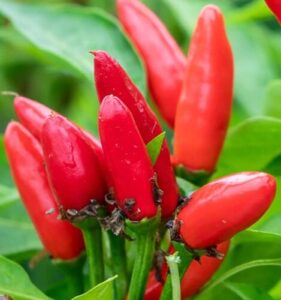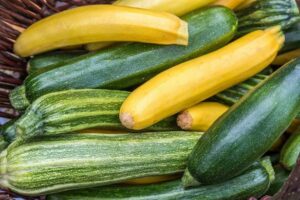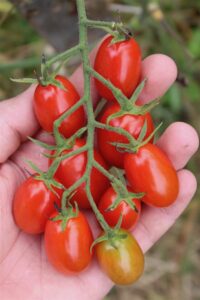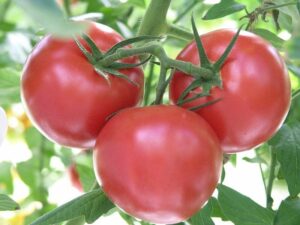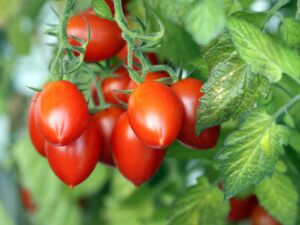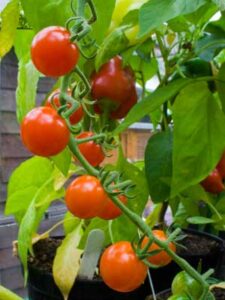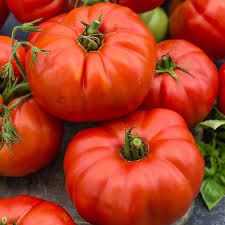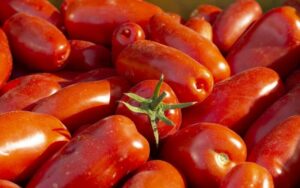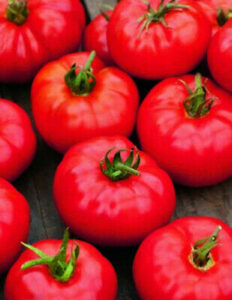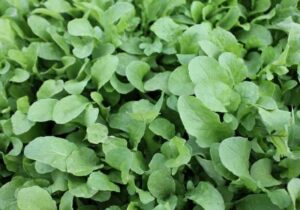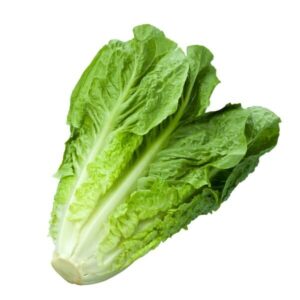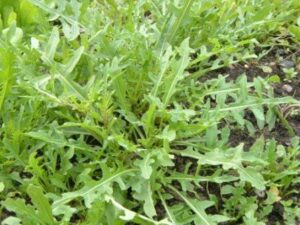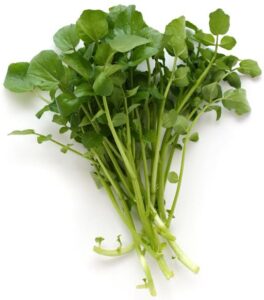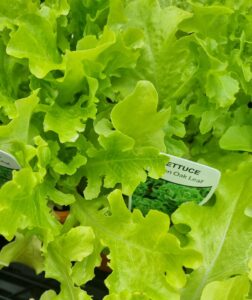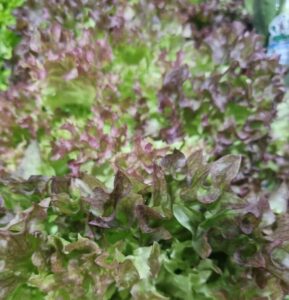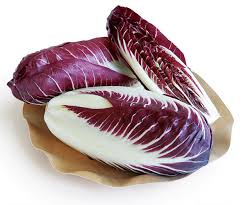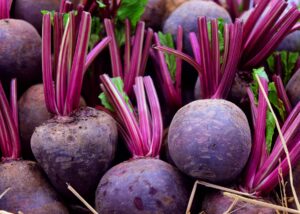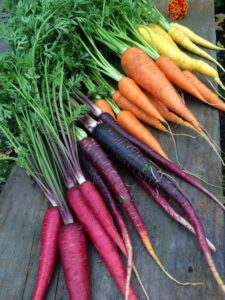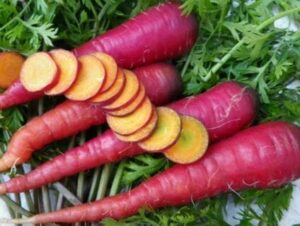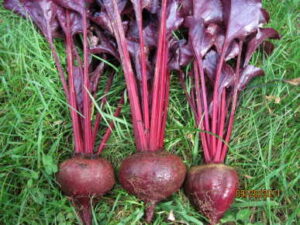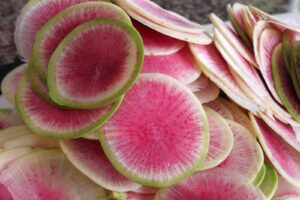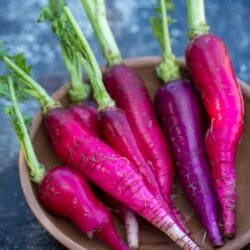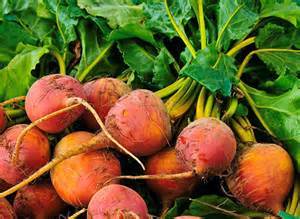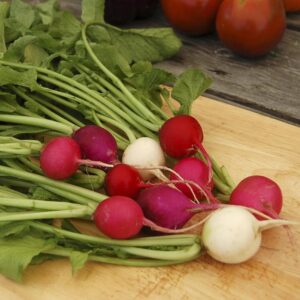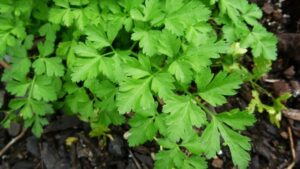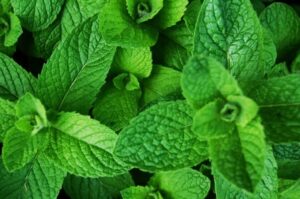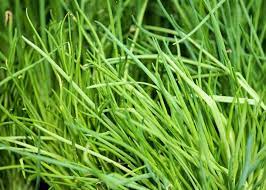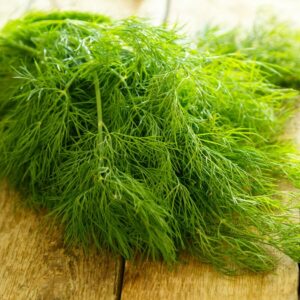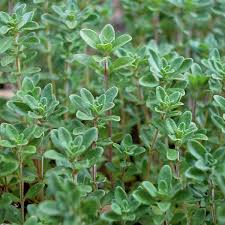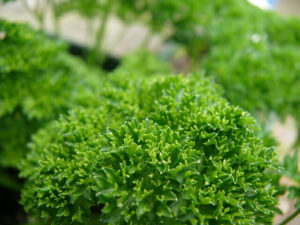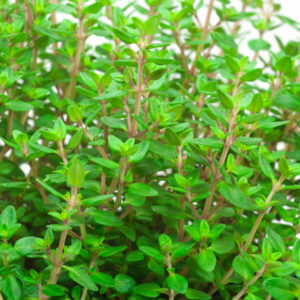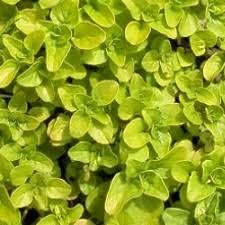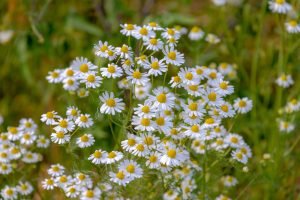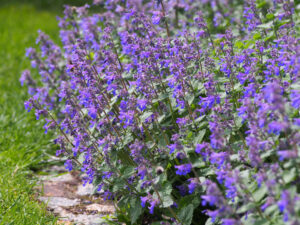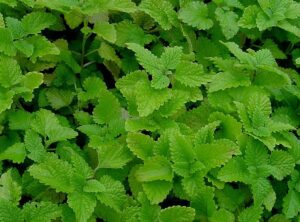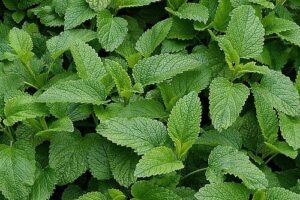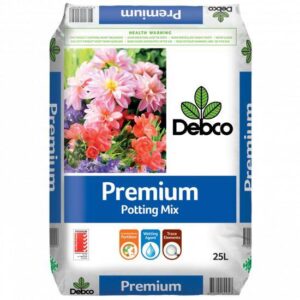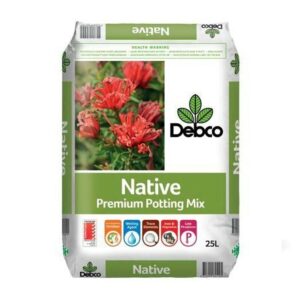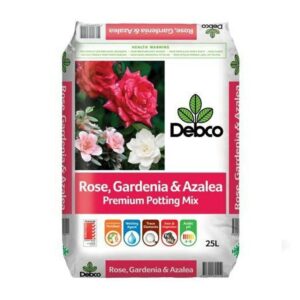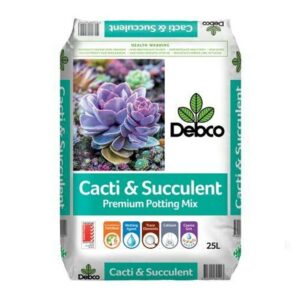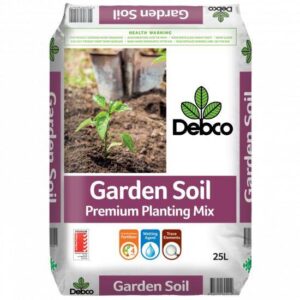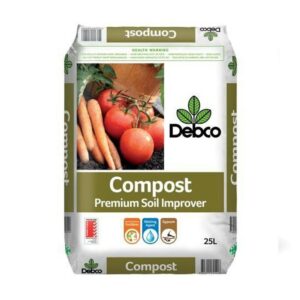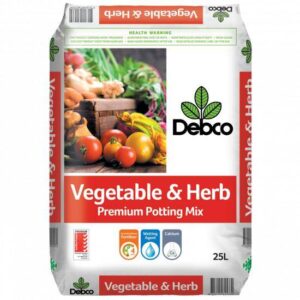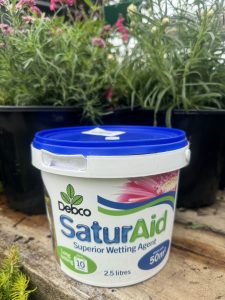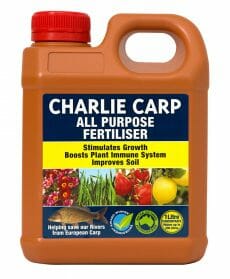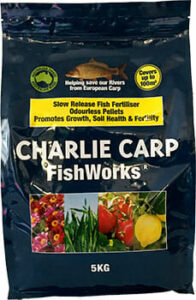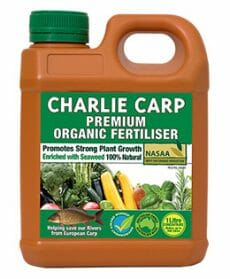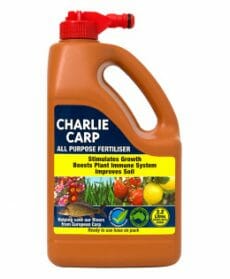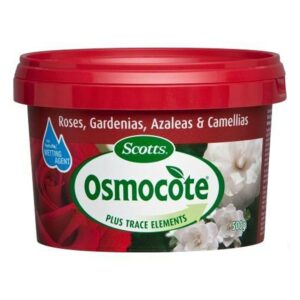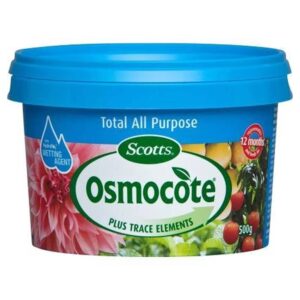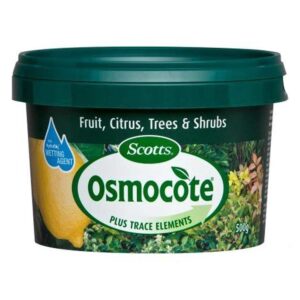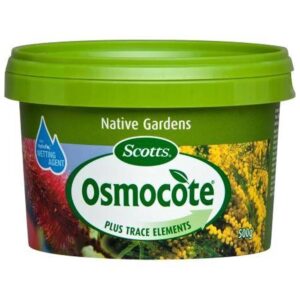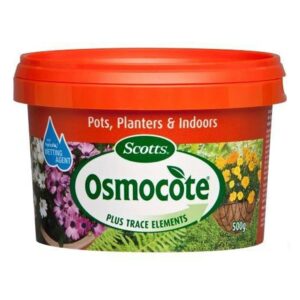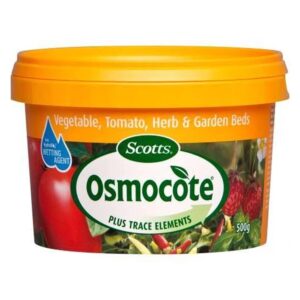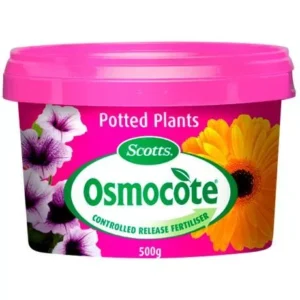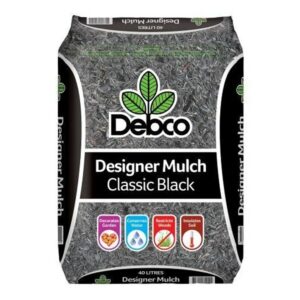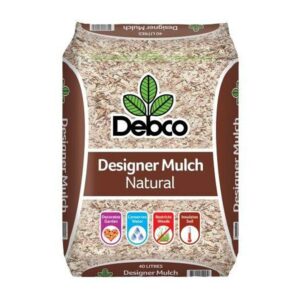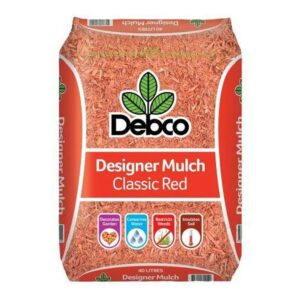
September in the garden 2022!
Hello Hello dear gardening friends! September officially marks the end of Winter and the arrival of the most anticipated season for gardeners, nature, and sunshine lovers alike: SPRING!
Let’s open up the windows and let the fresh air in. Birds and baby animals are back, bees are busy buzzing around, flower buds are opening up, sharing their delightful fragrance and the new tender leaves are slowly unfolding. Plums, cherries, peaches, nectarines, apricots, almonds, ornamental pears and magnolias are putting on quite a show of flowers right now – and boy are the bees are loving it! We will be rewarded with some yummy fruit in a couple of months. You must be feeling more energized, soaking up some natural vitamin D from the sun and feeling motivated to spend more time in the garden. That is just perfect! There is so much to do out there.  Some of us have neglected the garden just a little bit over Winter and it has become quite a jungle (those guilty, raise your hands!) But stress not, it’s all good since gardening is about having a good time outside. You still have about two weeks before the soil temperature starts to rise and by then you should ideally have prepared your garden beds for the new plants you’ll be planting throughout September.
Some of us have neglected the garden just a little bit over Winter and it has become quite a jungle (those guilty, raise your hands!) But stress not, it’s all good since gardening is about having a good time outside. You still have about two weeks before the soil temperature starts to rise and by then you should ideally have prepared your garden beds for the new plants you’ll be planting throughout September.
Ok, it’s time to roll up your sleeves. We have a lot of things to do in the garden, so here are some tips and tricks to get you going!
Limited time offer ! Spend over $1500 and get a Free Weeping Cherry worth $299.99 as part of our Rewards Program! Click here to read more about Rewards!
Top Specials for the month!
Here are our best specials for the month!
Click here to see all our Top Specials!
Final Call to plant your Bare rooted plants!
September is the latest time of the year to get bare-rooted roses. We will be potting them up in just a week or two, so get them now while they are cheap!
Bare Root Roses!
We have reduced our 3ft roses to only $19.99! At this price, you can buy them by the dozen and fill your garden up with a fantastic mix of colourful and fragrant roses!! We also have the classic iceberg and many colour varieties in 2ft and 3ft standards.
Click here to see more Bare Rooted Roses!
For more on how to plant your Bare Root Roses, Click here!
Bare Rooted Trees!
hWe have only a few bare rooted trees left for the season. Get them quick as they will be here for only 1-2 weeks only!
Click here to see more Bare Rooted Trees!
Ornamental Blossoms
Cherry blossoms are the first signs of colour in the late winter early spring. The soft, delicate blossoms burst open along the bare branches in colours of white and pink, welcoming the warmer weather of spring! The mass of colour Cherry and Plum blossoms bring make them one of the most coveted garden items, used as feature trees, lining avenues and driveways or as street trees. Their blossoms fall away gently in the spring breezes like natures confetti, making way for the broad, green summer foliage.
Click here to see our Ornamental Blossom Factsheet and various varieties!
Ornamental Pears
Ornamental pears are fast-growing deciduous trees with glossy green leaves, loved for their summer shade, spectacular autumn colors, and masses of white flowers in Spring. They come in a range of shapes and sizes to suit your landscaping requirements. Any fruit is usually small and hard.
Click here to see all our Ornamental Pears
Deciduous Magnolias
Like candles upon a candelabra, the flowers of the deciduous Magnolia sprout upward from the twisting bare branches in the early spring time. The blooms gradually open into large, soft blossoms of pinks, purples, whites and yellows, the petals eventually falling to the ground creating a colourful carpet under the tree!
Click here to see all our Deciduous Magnolias!
Wattles
The most iconic Australian plant is the Acacia. Our nations floral emblem, with foliage of green and flowers of gold are the inspiration behind our nations colours (when it comes to sporting events at least!) and what better plant could represent us! Wattles grow all over Australia in dwarf forms to tall, towering trees, easily spotted throughout the ‘burbs and the landscape during late winter and early spring by their golden glow and delectable scent!
Click here to see all our Acacia – Wattles!
Spring Flowers
Oh the lovely feeling of a beautiful and sunny Spring day works wonders for our soul! And what better way to celebrate spring than by planting some lovely potted colour that will flower all season long, brightening up the garden while feeding the bees and the butterflies!

Fruits
Soon we will be able to bite into our favourite sweet and juicy summer fruits. No need to be envious of the neighbour’s fruit-loaded plants, as you can have your own, pick fresh fruit, and enjoy them when you feel like it.
• Berries are so yummy and easy to grow. We have a nice selection of blueberry, blackberry, and strawberries. Perfect for healthy breakfasts or desserts
• Citrus plants. Imagine sipping on some fresh, home-pressed lemonade or a mojito with limes and mint from your very own garden this Summer! We have a great selection of dwarf and full-size trees such as limes, oranges, mandarins, and lemons.
• Other Fruit. Growing your own is easy! Plus you get them fresh and free from nasty chemicals
Vegetables & Herbs
Spring and Summer veggies such as tomato, peppers, squash, eggplants, zucchini, chillies and basil can be sown in pots or trays and kept in a greenhouse until the weather is above 18 degrees Celsius during the day and ideally above 13 degrees at night. Planting them in the garden right now might shock them, causing stunted growth and not performing well for you over Summer. So a little patience will go a long way! You can also plant them out in the ground, but cover them with old bed sheets or garden plastic to protect them from frosts and cold nights.
Check the weather forecast for warmer temperatures and later during the month choose a few days that are overcast and rather cool to plant your small plants out in the garden. Remember to water them in properly. An application of seaweed fertilizers will help them settle in better in their new spot. With the temperatures slowly rising and days getting longer, many Winter veggies will bolt, which means that they will go to seed and lose their lush leafiness. So it is time to go through it all and use them up. You can either use them generously in your kitchen or also harvest and freeze them for a steady supply over Summer.
• Spring/Summer Veg are coming in store very soon and we will have a bigger selection!
• Tomatoes are the superstars of the Spring and Summer veggie gardens! Sweet, juicy, easy to grow and very nutritious. Whether you like tomatoes in salads, pasta sauces, curries or in your burgers, we have a lovely selection to suit all your tomato dreams!
• Leafy greens such as lettuce, spinach, rocket, endive, silverbeet, mustard greens, and celery will grow well in the garden at the moment. Consider working out some space for them and plant them every couple of weeks for a steady supply. Fresh salad bowls will be a perfect addition to barbeques over Spring & Summer.
• Root Veggies such as carrots, radish, turnips, parsnips, and beetroot are also great to plant right now. Young beetroot leaves make a tasty, colourful addition to your salads.
• Culinary herbs will go really well with your Summer veggies, both as companion plants and as cooking condiments. We have a fantastic variety right now such as mint, thyme, oregano, marjoram, verbena, chamomile, etc. Many are great for green teas or are medicinal such as the pineapple sage or arthritis herb. Click here to see them all.
• Herbal/Medicinal Tea Herbs are perfect for brewing your digestive home teas. You can either dry the leaves up and store them or use them fresh. These aid with digestion, sleep and have many other beneficial & medicinal virtues.
Pruning, Repotting & Weeding
• Winter-flowering natives and non-natives can be pruned back and deadheaded to keep them nice and tidy. You can also prune back your evergreen trees to encourage new growth this Spring. 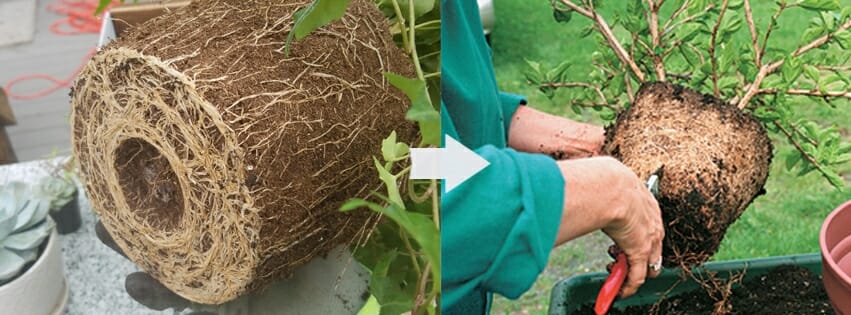
• If some of your potted plants have become overcrowded or looking sad, now is a great time to split them up and re-pot them. The sad-looking ones are usually root-bound and could use a light root trimming and then potting into a bigger pot, or a top-up with some fresh potting mix. Keep them partly shaded and protected for at least a week after this. Then you can give them a liquid or foliar fertilizer feed. Also remember to remove the dead, damaged and excessive growth to improve air circulation. Your succulents can be divided up and put into new pots. More plants!! YAY!
• Scraggy plants. In their prime, they looked fantastic! But now some plants are not performing well despite being pruned, fertilized and taken care of. They are prone to disease and put your other healthy plants at risk. They could be old and have dwindling strength. Consider pulling them out and replacing them with something that will perform for you. Remember to rework the soil and let it settle for a week or two before putting a new plant there. If you are unsure if your plant can bounce back, you can always send us a photo of the plant with some details and we will give you some advice.
• Stay on top of the weeds and pull them out as soon as possible, as with the longer days they will start to set seed and drop them…all through your garden! And you do not want that to happen, as you will be fighting weeds all Spring and Summer long if they start spreading in your garden.
Soil, Fertilising, and Mulching
• If you have poor soil in your vegetable beds now is the time to prepare them for Spring. Throw in generous amounts of rich compost, new soil, manure, and blood and bone meal turning it over, making sure to mix thoroughly. Let it settle for a week or two and it will be perfect for your tomatoes, eggplants, and capsicums during Spring and Summer. Make sure to add some calcium to your soil to avoid diseases such as blossom end rot.
• It is also a good idea to test the pH of the soil and amend it as necessary. Remember that the pH will change with the new additions so test it at various intervals. The aim is to get a neutral pH of 6-7, which vegetables thrive in. Sulphur (liquid or pellets) and pine mulch make your soil acidic whereas lime and mushroom compost increases alkalinity.
• If your soil does not hold on to moisture and goes dry way too fast, you can add some Soil Wetter to improve clay and compacted soil. This makes your plants thrive better as the soil humidity does not fluctuate wildly, and it allows watering and rain to penetrate to the roots where the plants need it rather than just running off the surface.
• Restore some beneficial microbial activity in your soil with some compost tea.
• Put some rich compost or well-aged manure around your fruit trees, to give them the well-needed boost for the Summer fruiting season.
• It is best to give some liquid feed to Winter/Spring flowering annuals every two weeks with a complete liquid fertilizer. You can also add some slow-release granular fertilizer that will feed your plants over a period of 3 to 6 months.
• You can also add some slow-release granular fertilizer that will feed your plants over a period of 3 to 6 months.
• You can put some fresh mulch around your plants to keep weeds at bay. If you are putting mulch for the first time, make sure to choose the right ones as they change the pH of the soil when they break down. Pine creates acidity, so it is great for Azaleas or Camellias, whereas straw or sugarcane are recommended for veggie beds. 
Pests & Disease
In Winter, the cold temperatures keep garden pests and diseases under control, but unfortunately, they are always lurking around and ready to spring back to life. Let’s take a look at the most common problems you will encounter this Spring.
• Aphids will be back in the garden once the temperature rises, so you need to keep an eye out for them on new tender growth, especially on flower buds, roses and stone fruit trees. Numbers can increase rapidly if left undetected. Soon enough the ants will be back to farm the aphids and will be placing them strategically around the plants in your garden. Luckily, you can simply blast them off with the hose. You can also make some homemade aphid spray to use on affected plants. Mix 2 tsp vegetable oil, 1 tsp dishwashing liquid and some garlic cloves crushed, mixed in 1lt of water and left to infuse overnight. This is completely safe for other beneficial insects. Take pre-emptive action by planting some plants for the beneficial insect population like Ladybugs, Lacewings, Praying Mantises, Hoverflies and spiders. Some examples of beneficial plants are Queen Anne’s Lace, Cosmos, Lucerne and Calendulas. Marigolds are great to repel nematodes in the soil. Beneficial insects will control aphids and other pest populations in your garden.  • Ants like to farm aphids for their sweet dew. To control ants you could sprinkle some diatomaceous earth on the ground where there is a lot of ant activity but only when it is dry. You will have to reapply it after it has rained. It is a natural organic control method that will not harm other insects.
• Ants like to farm aphids for their sweet dew. To control ants you could sprinkle some diatomaceous earth on the ground where there is a lot of ant activity but only when it is dry. You will have to reapply it after it has rained. It is a natural organic control method that will not harm other insects.
• Citrus gall wasps are starting to emerge in late Spring to Summer when there is new growth. You should inspect your citrus trees and shave off of any galls you see using a peeler. This is better than pruning them off, as pruning creates new soft growth that the wasps love. If you decide to prune the galls, make sure to dispose of them properly by either bagging and sun drying the stems, burning them, or submerging them in a bucket of water. Some extra protection can be given by setting up some wasp traps. 
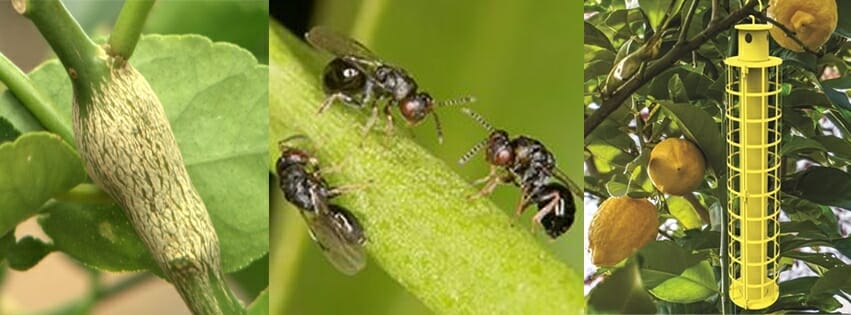
• Fungal diseases that can attack your rose plants are black spots, rust and mildew. Azaleas are vulnerable to petal blight, which thrives in high humidity brought by the rain and warmer temperatures. If you have noticed any fungal disease in the past on your plants, now is a good time to spray them with some organic copper-based fungicides.
• Leaf curl is mainly a disease of peaches and nectarines, though it may also affect almonds and apricots. It’s caused by the fungus Taphrina deformans and occurs wherever peaches and nectarines are grown. Some symptoms are leaves that are entirely or partially curled, distorted and are initially pale green in colour before turning red or purple. This will result in fruit that has raised, irregular rough patches, usually red in colour. Such fruit often falls off prematurely. You can treat this with commercially available copper or lime-based fungicide sprays just during bud swelling, but before they have opened. Once opened it is too late to spray as the leaves will get damaged. A second spray in Autumn, once the leaves have dropped will greatly reduce the chance of re-emergence of leaf curl. 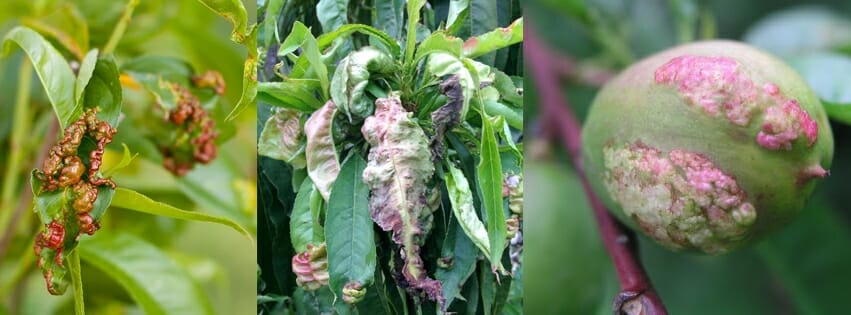
That’s it for this month!
Keep yourself busy in the garden, there is no better therapy to stay mentally and physically fit! And as usual, stay safe lovely people 🙂 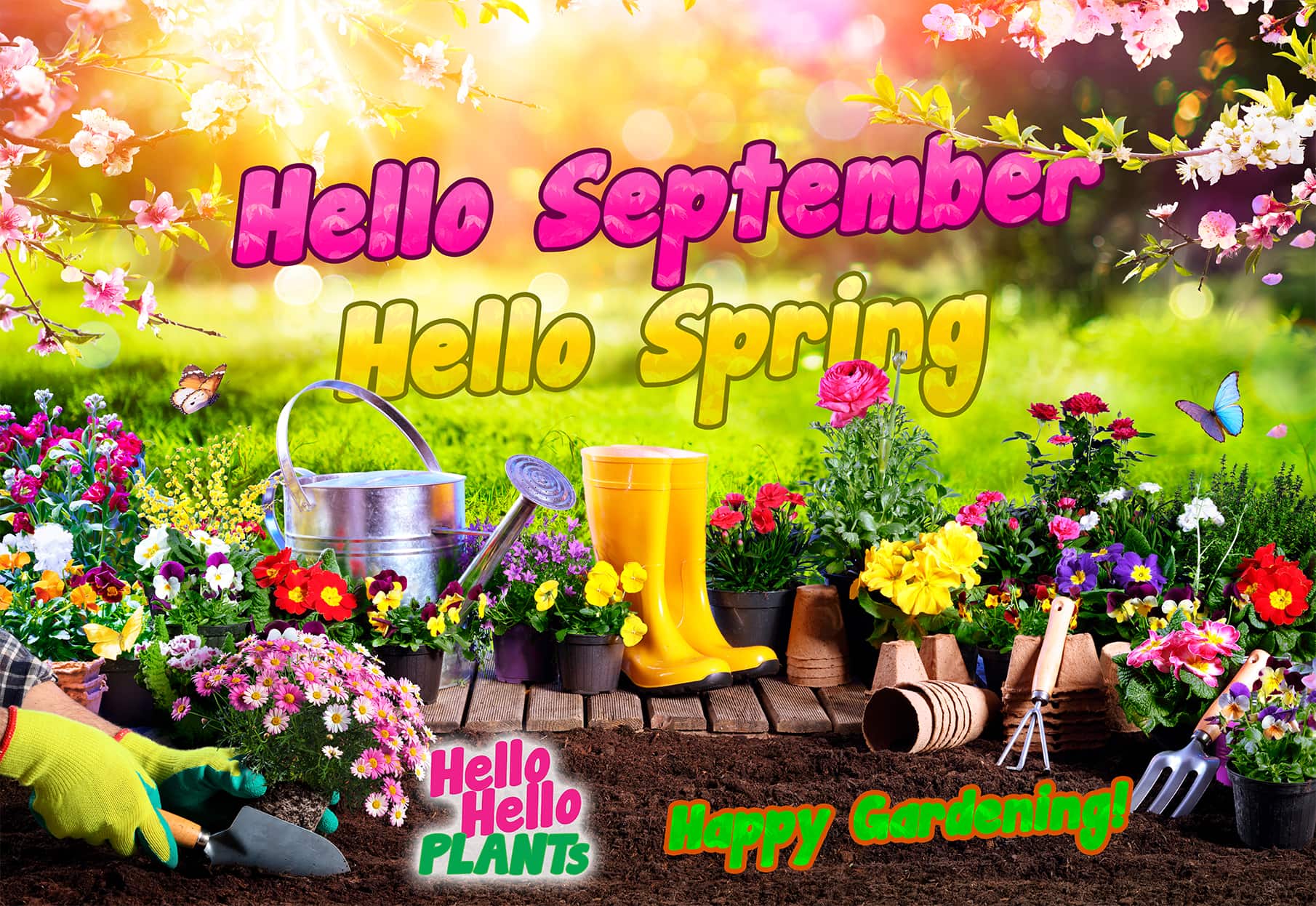
Gardening September 2022 Melbourne, Victoria, Australia.



